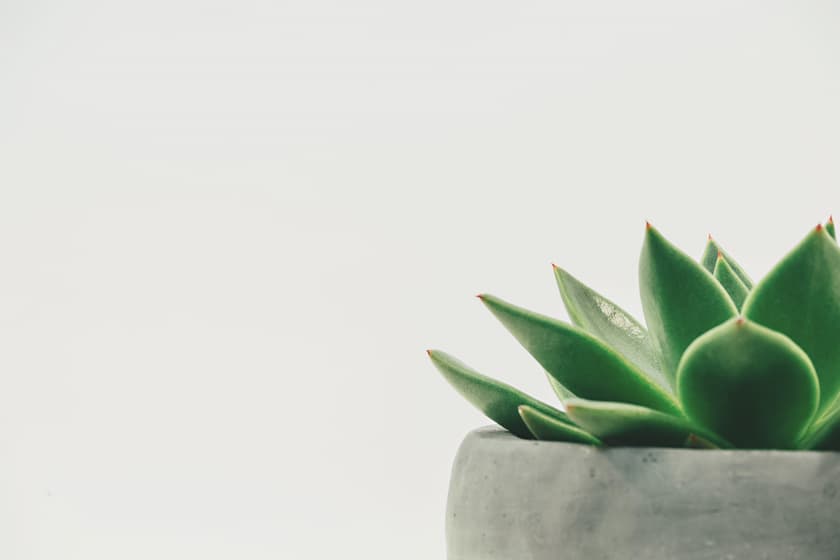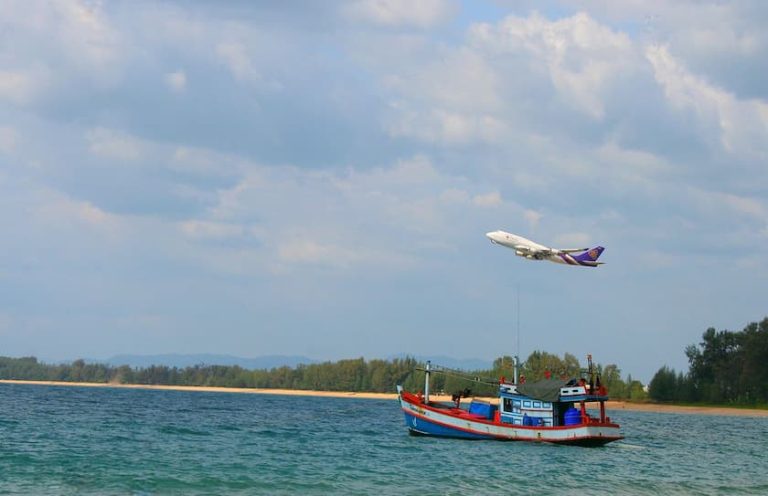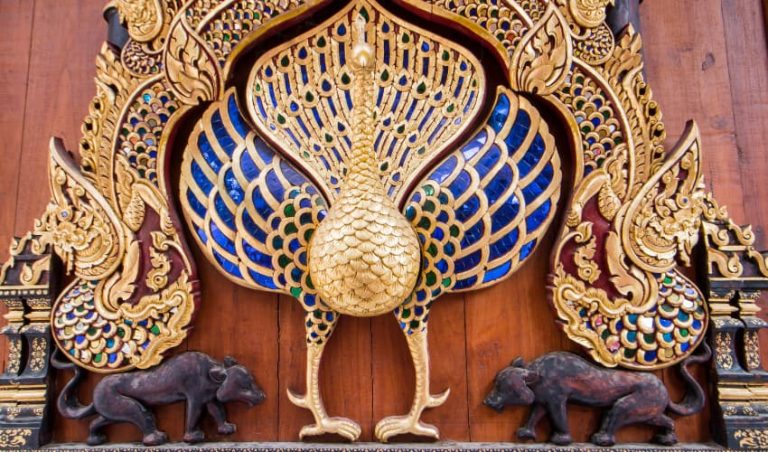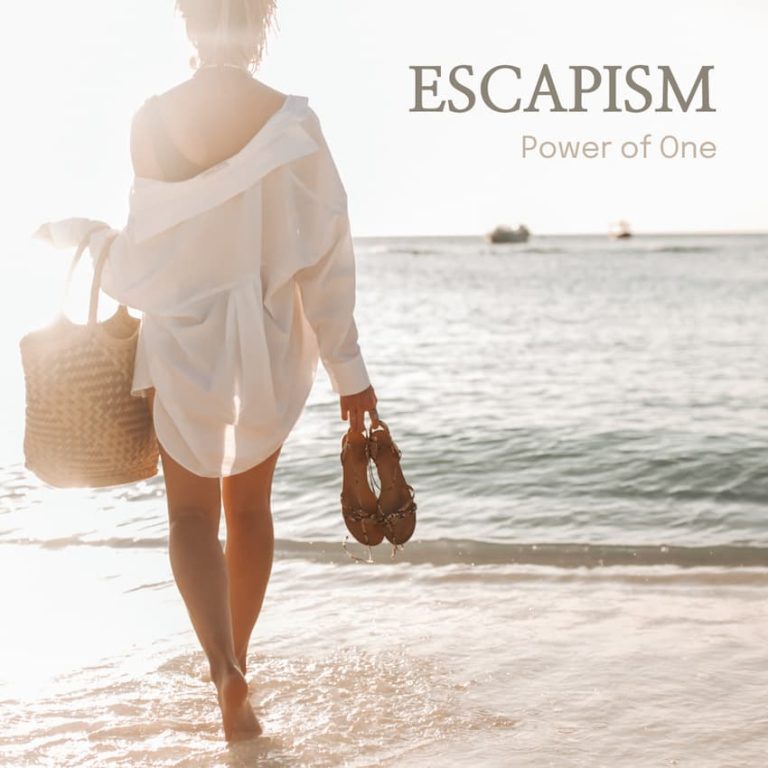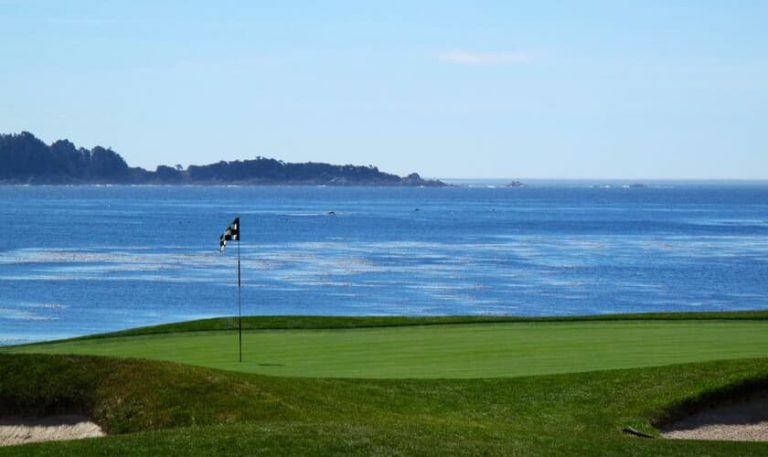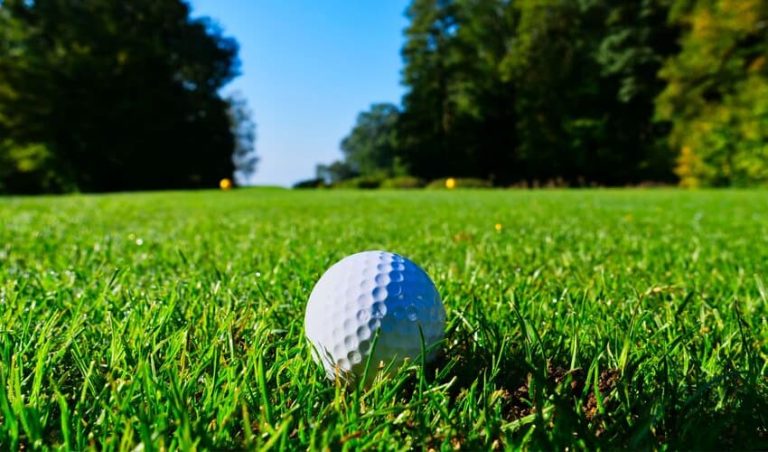Type 2 Diabetes (T2D) is one of the world’s oldest known diseases; the ancient Egyptians wrote about it as far back as 1500 BCE.
Once considered a disease of the “affluent” because of its strong links to obesity (over indulgence), T2D is no longer confined to ‘developed’ countries; it is now a global pandemic that has spread to every corner of the world and is not only the most commonly diagnosed noncommunicable disease but also the fastest growing chronic disease.
According to The International Diabetes Federation (IDF), globally about 537 million adults are living with T2D and 6.7 million people died just in 2021; that is one person dying every five-seconds. To put that in perspective, the World Health Organization (WHO) reports 3.4 million Covid deaths in 2021 as of Dec. So the pandemic we have greater control over (T2D) is killing more people than the pandemic (Covid) currently grabbing all the headlines!
Asia is now the epicentre of the T2D pandemic, largely due to the combination of excessive energy intake (i.e high consumption of refined carbohydrates such as white rice) and reduced energy output (i.e. a dramatic decrease in physical activity) thereby leading to an increasing prevalence of people who have become overweight or obese.
As noted by Harvard professor Dr. Frank B. Hu: ” … even a modest amount of weight gain during adulthood substantially increases the risk of diabetes in Asians.”
SEA alone has recorded ~90million T2D cases in 2021 (forecast to rise 25% by 2030 to 113 million) and has registered ~747,000 deaths which is about 11% of the global total, making T2D a top ten cause of death is SEA!
Despite the alarming rise of T2D both globally and here in SEA, there is reason to be optimistic; scientific evidence strongly demonstrates that T2D is largely preventable through lifestyle modifications, namely increased activity and being mindful of the foods eaten. With that in mind, let’s define the disease, who is at risk and the various methods available to manage or, even better, avoid T2D.
What is Type 2 Diabetes?
In the simplest of terms, T2D is when the body cannot properly manage the amount of ‘sugar’ in the bloodstream; not just sugar from obvious sources such as a candy bar, but the sugars created when the body digests food.
Blood glucose (aka ‘blood sugar’) is the body’s main source of energy and is derived primarily from the foods and drinks we consume.
Insulin, a hormone made by the pancreas, helps glucose enter our cells to be used for energy.
If the body doesn’t make enough insulin or doesn’t use insulin efficiently (insulin resistance), not enough glucose reaches cells and too much remains in the bloodstream.
Consistently high ‘blood sugar’ levels can trigger other serious health issues, such as heart disease, vision loss, and kidney disease.
Who is at risk?
One health expert declares:
“Everyone, in an evolutionary sense, is predisposed to becoming diabetic … largely because of the overconsumption of carbs AND lack of movement (sedentary lifestyles).”
While ‘everyone’ could develop T2D, the high risk groups can be broken into two main categories.
1. Genetics and things beyond our control such as:
- age (45 and older)
- family history of diabetes
- ethnicity (African American, Asian, Hispanic/Latino, Native American & Pacific Islander)
2. Lifestyle choices that we have at least some control over such as:
- overweight / obese / dietary choices
- smoking
- high alcohol consumption
- lack of physical activity
- not enough sleep
- too much stress
- late night eating
- exposure to pollution & toxic chemicals in everyday products
In subsequent articles we will discuss how to better manage the key ‘controllable’ factors but, for now, here are a few notable stats to consider:
- smokers have a 45% increased risk of developing T2D compared with non-smokers
- we eat nearly 10x more sugar per day than we did 100 years ago
- increased physical activity reduces risk of T2D, whereas sedentary behaviours increase risk
- getting <7 hours sleep per night is linked to obesity, T2D & heart disease
- stress kicks off a hormonal cascade that promotes fat storage & impairs glucose control
What are the symptoms?
If you are in either of the aforementioned risk groups AND have any of the following common symptoms, you should schedule a check-up with your primary care doctor!
- increased thirst and urination
- increased hunger
- feeling tired
- blurred vision
- numbness or tingling in the feet or hands
- sores that do not heal
- unexplained weight loss
Why is it so important to manage and / or avoid T2D?
T2D can have a severe impact on virtually all of the body’s organs and can lead to serious complications such as:
- more susceptible to Covid (people with T2D are more likely to have serious complications or die from the virus)
- cardiovascular diseases including high blood pressure, narrowing of the arteries, angina, heart attack, and stroke
- kidney disease
- nerve damage causing a loss of sensation or numbness and tingling in extremities
- digestive issues (e.g. vomiting, diarrhoea, and constipation)
- poor circulation to the feet, making it hard for cuts / wounds / infections to heal and can lead to gangrene which means amputation of foot or leg
- skin problems
- hearing impairment
- retinal damage and eye damage; can cause deteriorating vision, glaucoma, and cataracts
- women with T2D are more likely to have a heart attack, at a younger age, than women without
- men with T2D are 3.5 times more likely to develop erectile dysfunction (ED)
The good news!
While the consequences of untreated T2D are significant, knowing you have or are susceptible to it provides you with the opportunity to prevent, delay, manage and even reverse the disease.
If you have recently been diagnosed or believe you are at risk of T2D, there are many, fairly simple adjustments you can make to protect yourself and you don’t have to navigate these changes alone.
Ayurah Wellness Centres can assist you on your journey to a better lifestyle; from stress relief techniques to fitness and dietary consulting, we are here to help!
Our team of wellness experts will work with you to develop a plan and put you on a sustainable path to better health and happiness!
Related Articles
- Healthy Living with Diabetes
- Understanding Carbs and Type 2 Diabetes
- Stress & Type 2 Diabetes
- What to Eat & Type 2 Diabetes
- When to Eat & Type 2 Diabetes
AYURAH SPA & WELLNESS CENTRE
33 Moo 5, Khok Kloi,
Takua Thung, Phang Nga
82140 Thailand
T: +66 (0) 76 580 339
AYURAH SPA & WELLNESS CENTRE
183 Moo 4, Pak Nam Pran,
Pranburi, Hua Hin
77220 Thailand
T: +66 (0) 32 618 300

